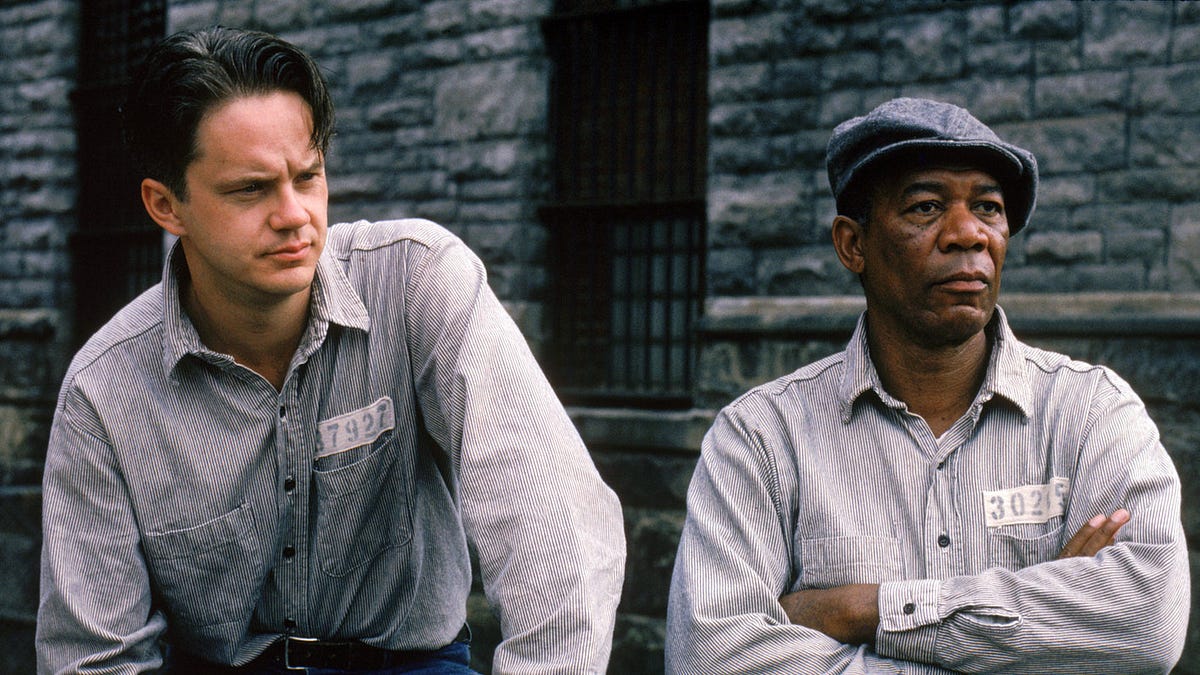A well-crafted logline is a filmmaker’s best tool for pitching their project. It’s a concise summary that encapsulates the essence of a film, grabbing the reader’s attention and making them want to know more. In this blog, we’ll break down how to write the perfect logline, provide examples, recommend resources, and explain how IMDb can be a valuable tool in this process.
What Makes a Great Logline?
A compelling logline typically includes the following elements:
- Protagonist: Who is the main character?
- Goal: What does the protagonist want?
- Conflict: What obstacles stand in their way?
- Stakes: What’s at risk?
The logline should be brief (one to two sentences) and captivating. It needs to provide a clear idea of the story while sparking curiosity.
Examples of Effective Loglines
- Jaws (1975)
- Logline: When a giant great white shark terrorizes a small beach town, the local sheriff, a marine biologist, and a professional shark hunter must come together to stop the beast before it claims more victims.
- Analysis: This logline clearly introduces the main characters, the primary conflict (the shark), and the stakes (more victims).
- Inception (2010)
- Logline: A skilled thief is offered a chance to have his criminal history erased in exchange for implanting another person’s idea into a target’s subconscious.
- Analysis: This logline presents the protagonist’s goal, the unique twist of the story (implanting an idea), and the stakes (erasing criminal history).
- The Shawshank Redemption (1994)
- Logline: In prison for a crime he didn’t commit, a banker befriends a fellow inmate and uses his financial skills to improve the prison’s conditions and seek redemption.
- Analysis: It highlights the protagonist’s predicament, their friendship with another inmate, and the ultimate goal of seeking redemption.
Crafting Your Own Logline
Here are some tips for writing your own logline:
- Identify the Core Elements: Focus on the protagonist, their goal, the main conflict, and the stakes.
- Be Concise: Limit your logline to one or two sentences. Every word should contribute to the overall impact.
- Use Active Language: Make sure your logline conveys action and urgency.
- Avoid Clichés: Try to present your story in a fresh and unique way.
Resources for Crafting Loglines
- Books
- Save the Cat! Writes a Novel by Jessica Brody – This book provides a great framework for structuring loglines and storytelling.
- The Screenwriter’s Bible by David Trottier – Offers detailed advice on loglines and other aspects of screenplay writing.
- The Art of Dramatic Writing by Lajos Egri – Focuses on creating compelling stories and characters, which can aid in crafting effective loglines.
- Websites
- IMDb – Browse through the loglines of popular films to see how they’re structured.
- Logline It – A platform where you can get feedback on your logline from other writers.
- Writer’s Digest – Offers tips and articles on writing effective loglines and pitches.
- Online Tools
- AI Generator – An online tool to help brainstorm and refine loglines.
- Logline Generator – Another tool to help generate and polish loglines.
Using IMDb to Your Advantage
IMDb is a valuable resource for researching loglines because it provides:
- Real Examples: See how successful films and TV shows are summarized. Analyze these to understand what works.
- Trends and Formats: Notice common themes and structures in loglines of popular projects.
- Genre Insights: Explore loglines within your genre to see how to pitch effectively for similar stories.
Conclusion
Crafting the perfect logline is an art that combines clarity, brevity, and intrigue. By understanding the essential components of a logline, utilizing resources like books and websites, and studying successful examples on IMDb, you can create a logline that effectively captures the essence of your film and piques interest.











